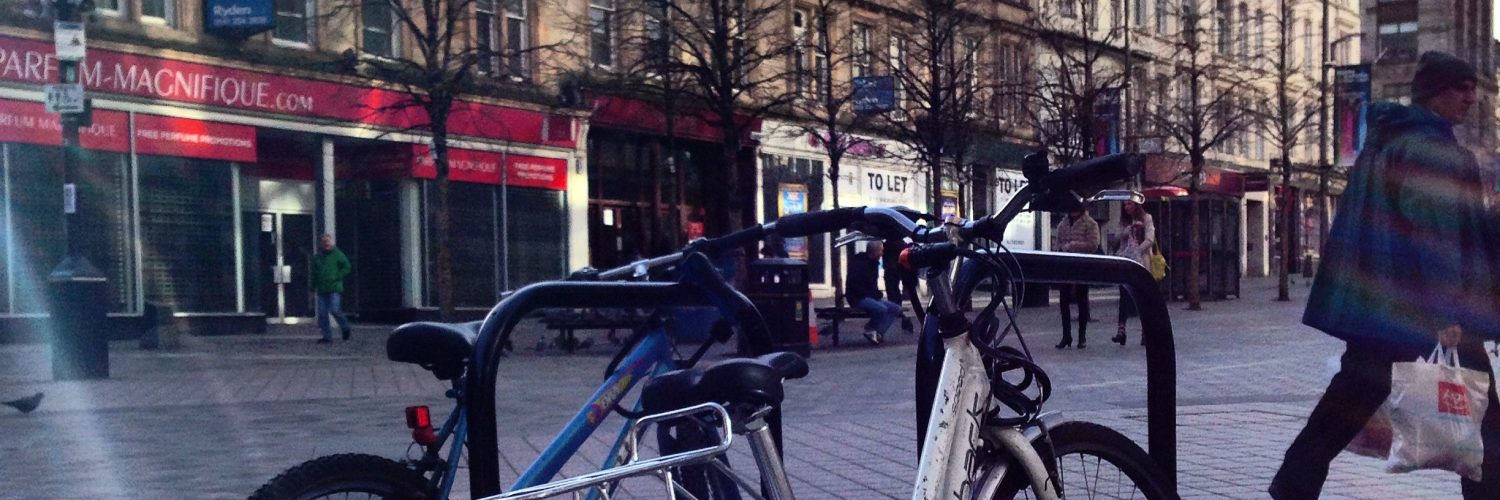Locative Media
Mais definicoes e links para ajudar a entender as midias locativas. O post e’ do blog intercative media and other stories:
Trechos:
” Locative media’ denotes in artistic and cultural practice that which has become a nominator for site-specific, context-aware, and often participatory platforms exploring the possibilities of pervasive and ubiquitous computing technologies. Context is crucial in that locative media pertains to the point of spatio-temporal ‘capture’, ‘dissemination’, or some point in between [1]. Locative media, as a hybrid and still emerging media culture and research field, includes a rich spectrum of activities: collaborative mapping, open technology experimentation, tactical/surveillance critique, urban gameplay and subjective storytelling.
A good resource: http://del.icio.us/alcetkovic/locative-media
Good research paper on locative media: http://www.spatialturn.de/Abstracts/Bastajian_Strauven.pdf
What locative media can do: Considering geographical space to be a canvas that allows
the inscription of personal narratives, desires, and memories, offers a powerful instrument for communities to (co-)author their environment and to collectively organize and share such subjective experiences.
The term “locative media”1 refers to every information about the physical location as well as other contextual cues. The most commonly used context of mobile systems is the location of the user since it is easy to determine and it could be meaningful to use it in order to adapt the behavior of a mobile application. Academics (Schmidt
et al., 1998) proposes a wider definition of location awareness. They structure the concept of context by defining a hierarchically organized model in which they distinguish two categories according to the level of abstraction : physical environment and human factors. At the lowest level, the physical environment refers to all the physical variables like location (absolute or relative) as well as conditions (e.g. light, temperature) or infrastructure (surrounding resources for
communication, computation, task performance). At the higher level, human factor related context is structured into : information about the user (emotional state, knowledge of habits, …), the user’s social environment (co-location of others, social interaction, group dynamics,…) and the user’s tasks (spontaneous activity, engaged tasks, general goals, …). In this paper, we will refer to the lowest level
of this model (the physical environment) by the concept of location awareness.(…)”.
